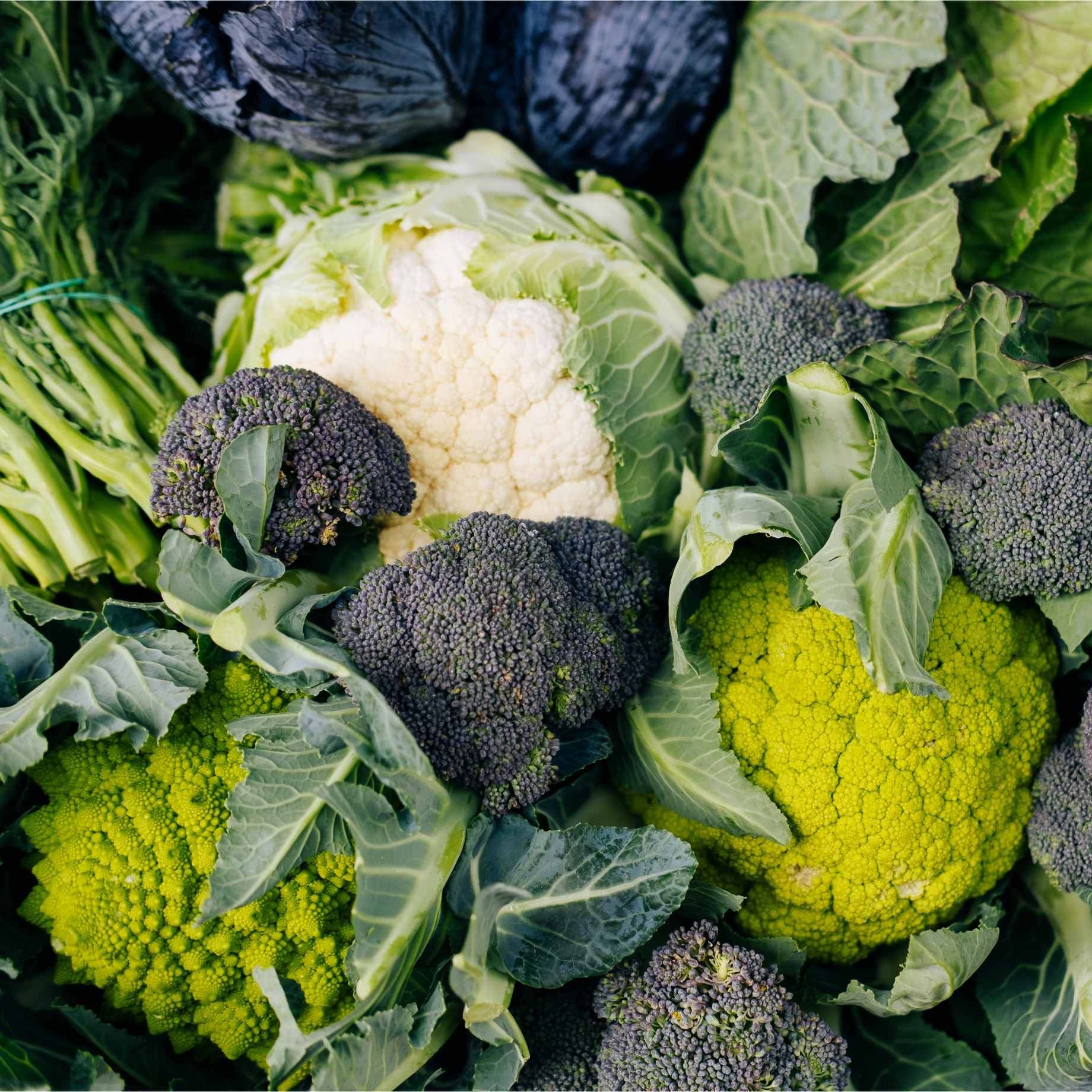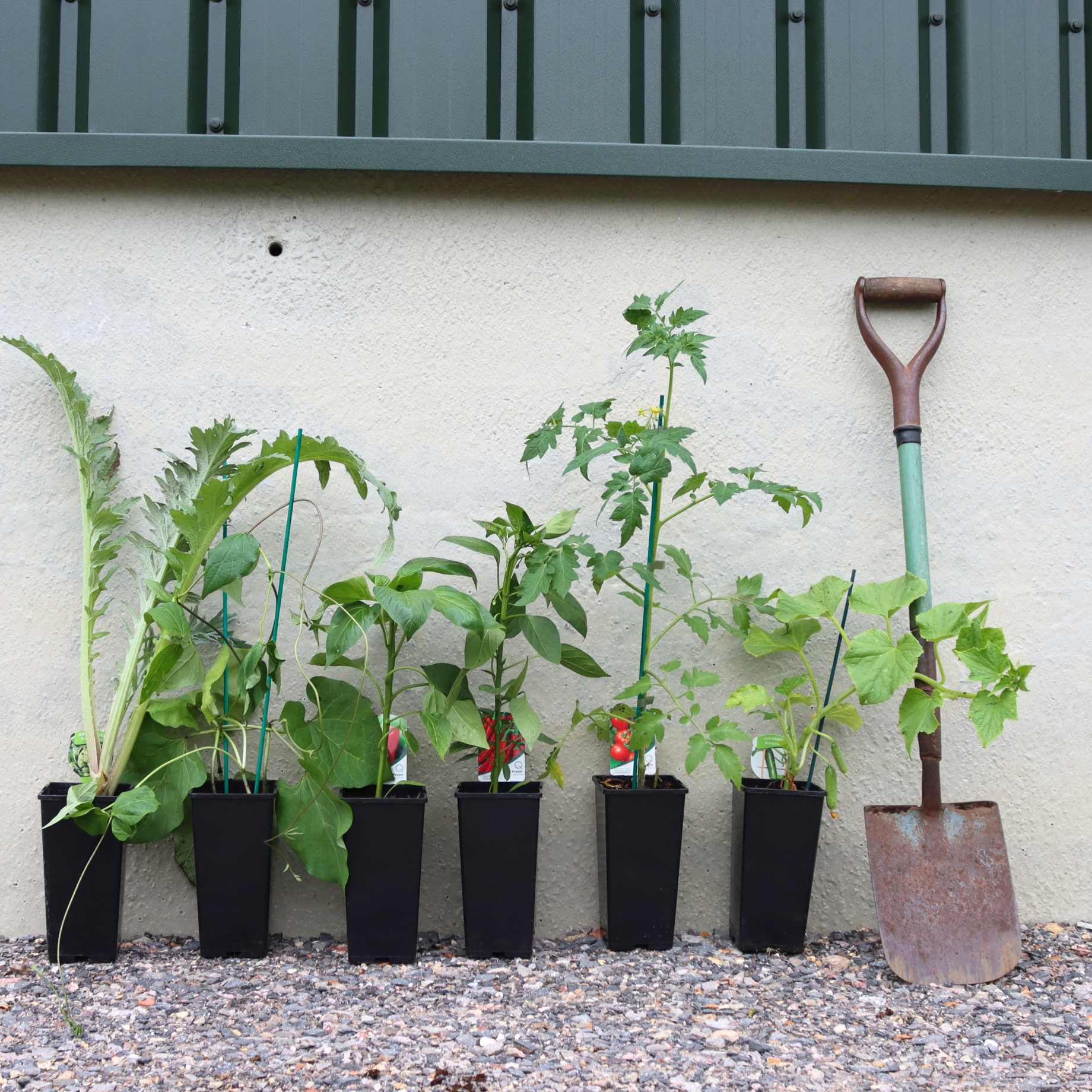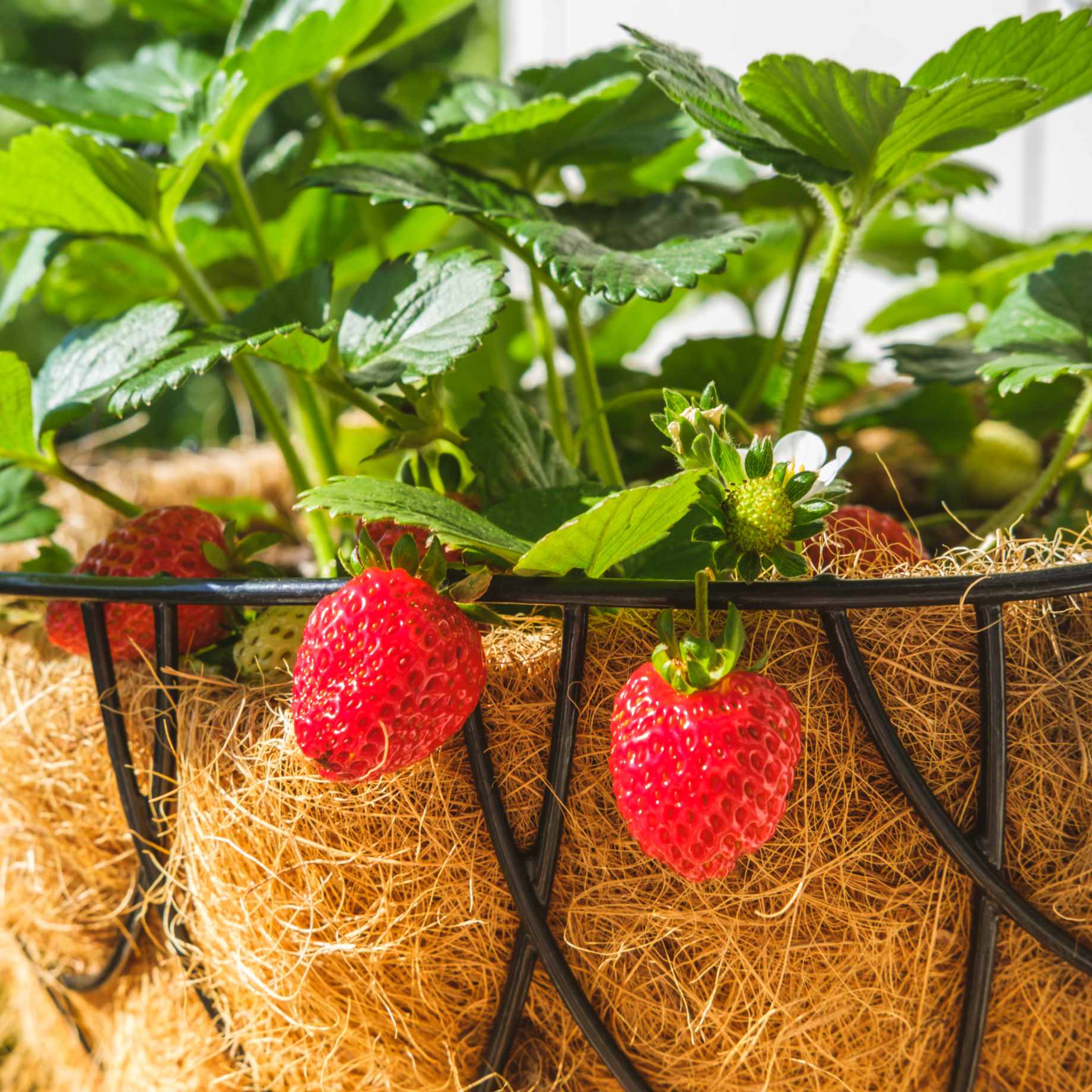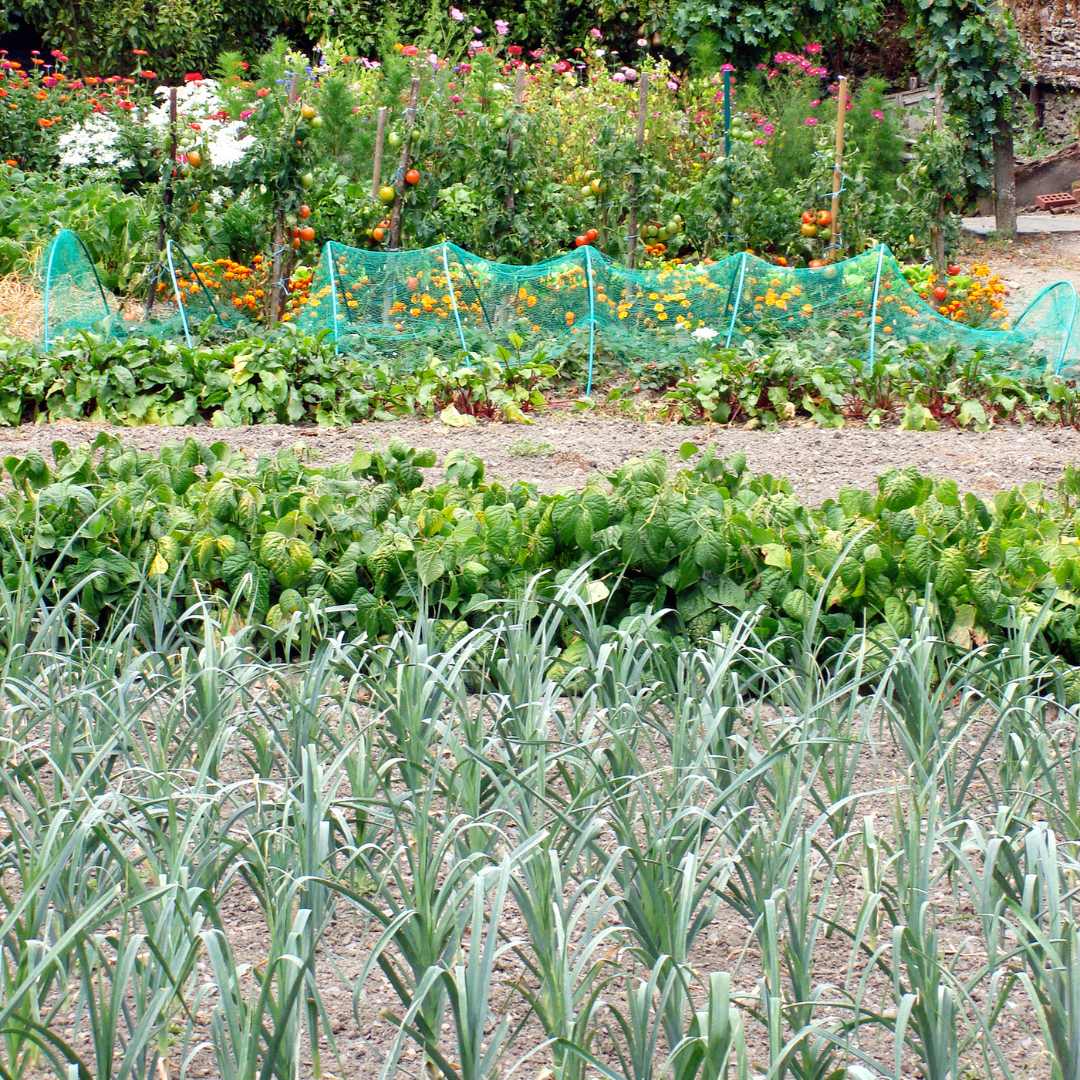Tell Me More…
The soft, coppery orange flowers of Dahlia ‘Bishop of Oxford’ appear in striking contrast with its deep, purple-bronze foliage, creating an eye-catching display of the sort rarely seen elsewhere. This medium-sized, elegant cultivar bears smaller flowers than many other dahlias, making ‘Oxford’ less top heavy and therefore unlikely to require staking. Growth is upright and strong; flowers are borne in profusion from July through to the first frosts. An impressive vase life makes this dahlia a good choice for cutting, and in fact the more flowers are picked, the more it will produce. An invaluable source of mid to late season colour, often when many other plants are starting to look past their best. Suitable for borders or containers, and a magnet for pollinators. Prefers any fertile, humus-rich, well-drained soil in full sun, except chalk based. H&S: 90cm x 50cm. A half-hardy (H3), tuberous perennial, able to withstand temperatures down to around -5°C without additional winter protection.
Flower and Foliage Months
Jan
Feb
Mar
Apr
May
Jun
Jul
Aug
Sep
Oct
Nov
Dec
Foliage Month
Flowering Month
Key Information
| Latin Name | Dahlia ‘Bishop of Oxford’ |
|---|---|
| Hardiness | H3 (-1 to -5°C) |
| Colour | Orange |
| Type | Perennial |
| Format | Young Plants |
| Position | Full-Sun |
| Foliage | Deciduous |
| Height in Maturity (m) | 0.90 m |
| Spread in Maturity (m) | 0.50 |
| Soil Conditions | Clay Loam Sand |
| Soil Acidity | Acid Alkaline Neutral |
| Aspect | South-facing, West-facing |
| Drought Tolerant | Yes |
| Good for pots | Yes |
| Good for wildlife | Yes |
| Good for pollinators | Yes |
| Good for cutting | Yes |
| Good for groundcover | Yes |







